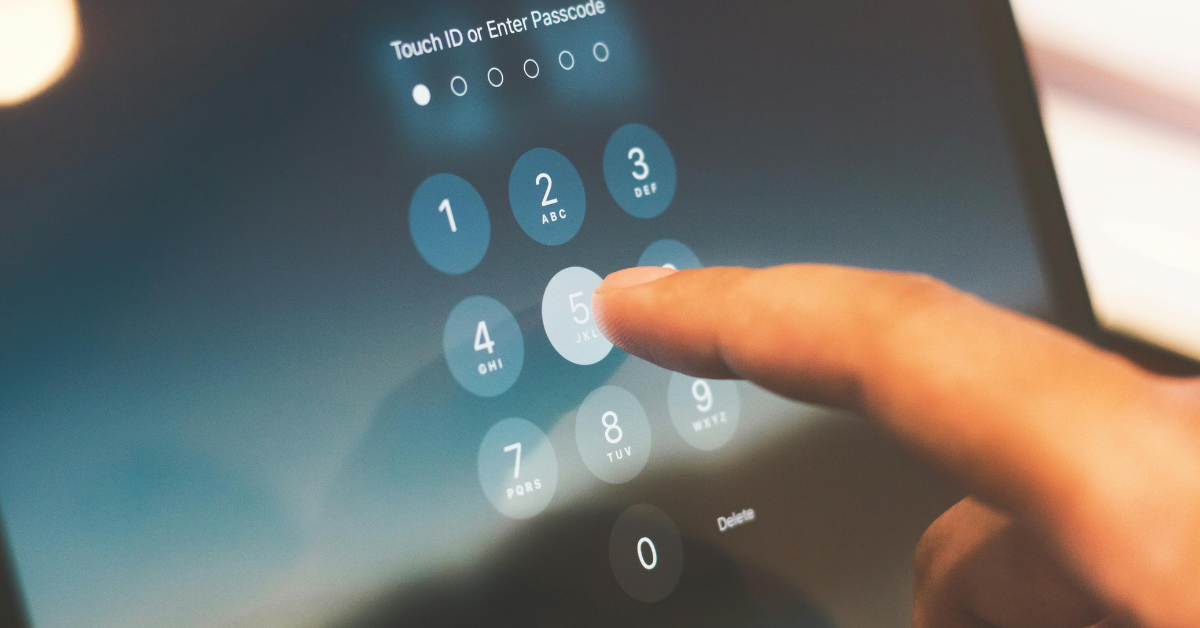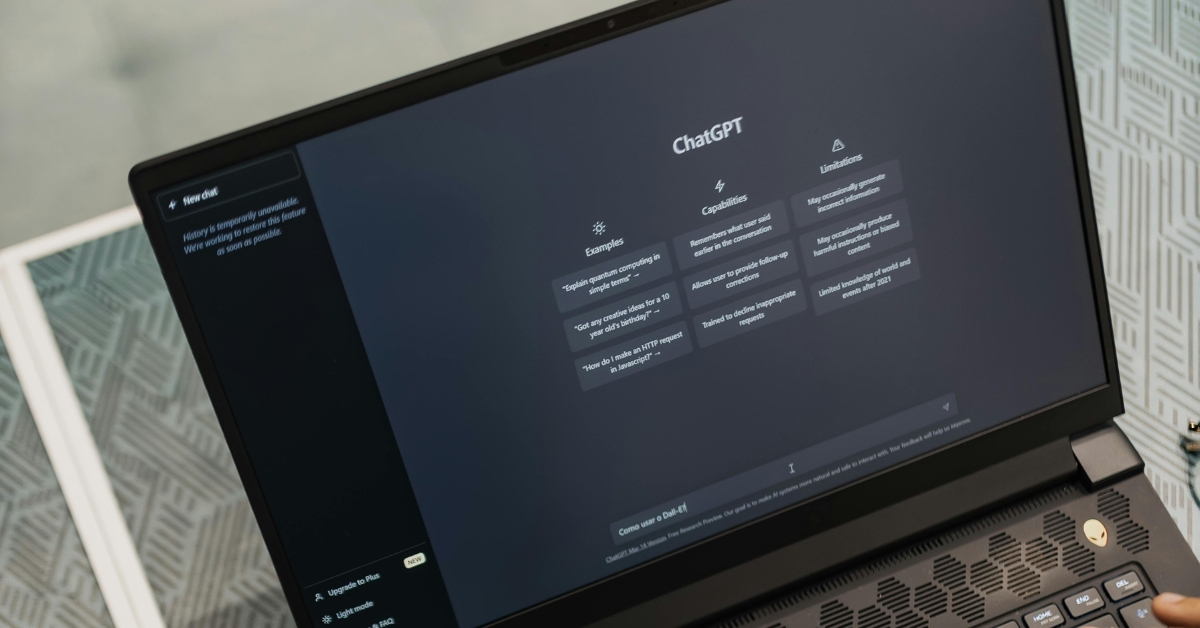Why Compliance Doesn't Equal Security
A lot of companies assume that passing a compliance audit means their data is safe. It doesn’t. You can meet every regulatory requirement and still be wide open to cyberattacks.
Why?
Because compliance frameworks are built to satisfy rules, cybersecurity is built to defend against threats. And threats don’t care if you checked a box. Attackers look for gaps between what’s written in policy and what happens in practice. That’s where most breaches begin.
Compliance Is a Checklist. Security Is a Process.
Compliance tells you if your company is meeting a baseline standard—whether that’s HIPAA, PCI, SOC 2, or something else. These standards are necessary, but they’re not designed to keep up with real-time threats. They reflect what was known to be important at the time they were written.
Cybersecurity is different. It’s about actively managing risk. It evolves with the threat landscape. And often, attackers know your compliance obligations better than you do—because they know where the blind spots are.
Where Compliance Falls Short
Here are a few examples of where "check-the-box" thinking can leave you exposed:
- Patching timelines: You might be compliant with quarterly updates, but attackers exploit known vulnerabilities within days.
- Access control: You can have strong password policies on paper, but if you don’t enforce MFA, you're vulnerable.
- Data handling: Encryption might be in place, but if users are sharing credentials over chat apps, you’re still at risk.
Being technically aligned with a framework doesn’t mean you’re operationally prepared.

Closing the Gap: Security Best Practices That Go Beyond the Standard
To truly reduce risk, organizations need to move beyond compliance and adopt proactive security best practices, like:
- Continuous monitoring of endpoints, traffic, and anomalies
- Multi-factor authentication across all systems
- Regular penetration testing and simulated attacks
- Security awareness training that evolves with current threats
- Using SBOMs (Software Bill of Materials) to track vulnerabilities in your supply chain
Each of these efforts addresses risk in real-world terms, not just audit language.
Compliance Can Still Play a Role—Just Not the Whole Role
That’s not to say compliance has no value. It’s an important framework, especially when dealing with legal, financial, or healthcare data. But it should be seen as the floor, not the ceiling.
The smartest organizations treat compliance as a starting point and layer additional security controls on top based on actual risk.
Risk Management Is a Mindset, Not a Document
Too often, security programs are designed to pass audits, not prevent breaches. That mindset needs to shift.
A mature risk management program involves:
- Identifying assets and classifying data
- Understanding threat actors and motivations
- Building defenses based on likely attack paths—not just on regulations
- Regularly reassessing and adjusting as both business and threat models evolve
Cybersecurity isn’t static, and neither is your risk.
Think Beyond the Audit
If your cybersecurity approach is just focused on passing audits, you're probably exposed in ways you haven't realized yet. Modern threats demand more than paperwork. They require visibility, adaptability, and the discipline to test, learn, and improve constantly.

Let’s Make Sure Secure Means Secure
At Fiber IT Solutions, we help businesses close the gap between compliance and actual protection. Whether you're tightening up existing policies or building your strategy from the ground up, we’ll help you align with what really matters: reducing risk.
Get in touch to start a conversation about where your security posture stands—and where it needs to go.
Further Reading
- Navigate Compliance Risks with These Key Capabilities – Gartner
- https://www.gartner.com/en/articles/navigate-compliance-risks-with-these-key-capabilities
- Gartner Cybersecurity Trends
- https://www.gartner.com/en/cybersecurity/topics/cybersecurity-trends
- Gartner Report: How SBOMs Improve Security and Compliance – Sonatype
- https://www.sonatype.com/blog/gartner-report-how-sboms-improve-security-and-compliance-in-the-software-supply-chain
- How to Align Risk Management and Governance in 2025 – Cyber Magazine
- https://cybermagazine.com/articles/gartner-how-to-align-risk-management-and-governance-in-2025











